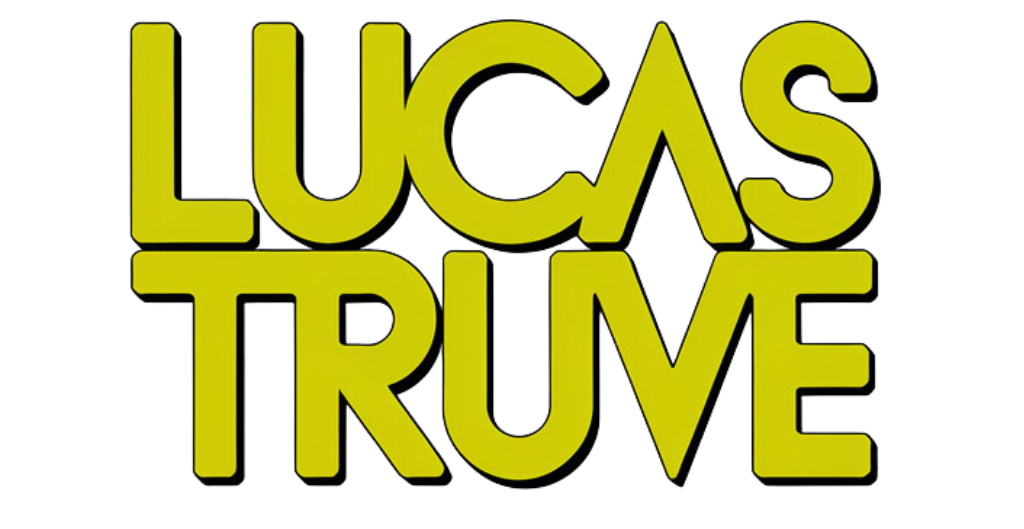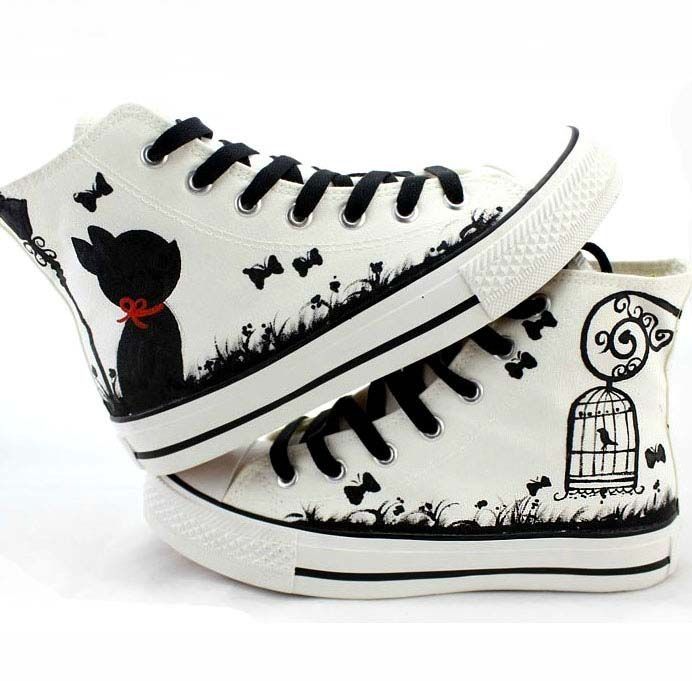In the world of fashion, few items garner as much enthusiasm and attention as custom sneakers. The journey of crafting these unique pieces begins with an idea, transforms through design, and culminates in a tangible product that reflects personal style and identity. In this blog post, we will explore From Sketch to Sole: The Process of Creating Custom Sneakers, delving deep into each phase of this creative endeavor.
Understanding the Vision
Creating custom sneakers starts with a vision. This vision encompasses not only the aesthetic appeal of the shoe but also its functionality, comfort, and how it resonates with the wearer’s personality. The understanding of this vision is fundamental, as it guides the entire design process.
Defining Inspiration
When embarking on the journey of creating custom sneakers, inspiration can come from various sources.
- Art and Culture: Many designers draw influence from art movements, cultural symbols, or historical references. For instance, street art has become a pivotal source of creativity, with vibrant colors and abstract forms translating seamlessly onto shoes.
- Nature: Nature offers countless palettes and textures. From the calm hues of a sunset to the intricate patterns found in animal fur, elements of the natural world often inspire sneaker designs. Many brands have adopted eco-friendly materials, blending aesthetics with sustainability.
- Personal Experiences: A significant aspect of custom sneakers lies in personal stories. A designer might integrate symbols or motifs that hold special meaning, creating shoes that tell a story about the wearer’s life journey.
The goal is to ensure that the inspiration aligns with the intended message of the sneaker. This foundational step sets the tone for the entire design process.
Conceptualization
After defining inspiration, the next stage is conceptualization. This involves sketching out ideas, experimenting with shapes, and considering color schemes.
- Sketching Ideas: Initial sketches are often rough and exploratory. Designers might use a pencil and paper, or digital tools like tablets, to visualize their concepts. This stage is about freedom — allowing creativity to flow without restrictions.
- Digital Mockups: With technology at our fingertips, many designers turn to software programs to create digital renderings of their designs. This allows for precision in dimensions, shading, and color blending that hand-drawn sketches may lack.
- Feedback and Refinement: Sharing sketches with peers or potential wearers can provide valuable insights. Constructive criticism helps refine the concept — whether it’s adjusting proportions, modifying colors, or even rethinking design elements entirely.
Through these stages, the designer begins to hone in on a clear direction for the sneaker, transforming vague ideas into achievable goals.
Material Selection
Once the vision is firmly established, material selection becomes crucial. The types of materials used heavily influence both the look and feel of the final product.
- Leather vs. Synthetic Materials: Leather is often favored for its durability and timeless appeal, but synthetic alternatives can offer greater versatility and reduced environmental impact. Each material provides distinct benefits; thus, it’s essential to choose based on the desired outcome.
- Textiles and Patterns: Unique textiles can elevate a sneaker’s design. Options range from breathable mesh for performance-focused shoes to patterned fabrics that add a fashionable touch. Consideration of texture impacts not only aesthetics but also comfort.
- Sustainable Choices: The modern sneaker enthusiast is increasingly drawn to eco-friendly materials. Designers must consider sourcing responsibly, using recycled plastics, organic cotton, or vegan leathers, which resonate with conscious consumers.
Material selection plays a significant role in realizing the initial vision while addressing functionality, comfort, and consumer values.
Designing the Sneaker
With a solid vision and well-chosen materials, the next phase is actual design. This involves taking the concepts and sketches and turning them into a coherent sneaker structure.
Creating Technical Drawings
Technical drawings serve as blueprints for the sneaker production process. They provide precise specifications that manufacturers rely on to bring the design to life.
- Detailed Dimensions: Every element — from the toe box to the heel height — must be accurately measured. This ensures that the shoe fits comfortably and meets ergonomic standards.
- Color Schemes: The chosen color palette must be documented in detail. Designers often create a color swatch book to visualize how colors interact with each other and determine the best combinations.
- Construction Techniques: Different sneaker designs may require various construction techniques, such as stitching methods or sole construction styles. Detailing these methods is vital for the manufacturing team.
These technical drawings ultimately serve as the foundation upon which the sneaker will be built, ensuring that every intricate detail is captured.
Prototype Development
Creating a prototype is one of the most exciting yet challenging steps in the custom sneaker design process. It transforms theoretical designs into tangible products.
- 3D Modeling and Printing: Many designers now use 3D modeling software to create virtual prototypes, which can then be turned into physical samples via 3D printing. This innovative technology allows for rapid testing of shapes and fits before committing to full-scale production.
- Sample Construction: Crafting a sample sneaker from scratch requires skill and expertise. This often involves collaborating with skilled artisans who understand the nuances of sneaker construction.
- Testing Fit and Comfort: The prototype must be tried on to assess fit and comfort. Feedback during this phase is critical, as any adjustments made here can significantly enhance the final product’s wearability.
The prototype development phase is a blend of artistry and engineering — a crucial juncture where the dream begins to take shape.
Iterative Design Process
Once the prototype is created, the iterative design process comes into play. This stage emphasizes improvement based on feedback and testing.
- User Testing: Engaging real users to test the initial prototype can yield invaluable insights. Observations regarding comfort, fit, and usability guide the designer toward necessary modifications.
- Refinement: Based on user feedback, the designer may revisit various aspects of the sneaker — be it the silhouette, cushioning, or even visual details. This refinement process may happen multiple times until the designer feels confident about the final iteration.
- Final Approval: Once all changes are implemented, the final prototype undergoes approval. This is the moment when the designer decides if the sneaker is ready for production.
The iterative design process exemplifies the collaboration between creativity and practicality, as the designer navigates the complexities of transforming a concept into a functional masterpiece.
Production and Crafting
Following the final approval of the design, the production phase begins. This is where the meticulous work of crafting custom sneakers comes to fruition.
Manufacturing Partner Selection
Choosing a manufacturing partner is a critical decision that influences the quality and efficiency of production.
- Local vs. Overseas Production: Depending on budget constraints and ethical considerations, designers may opt for local manufacturers for shorter lead times or overseas facilities for larger scale productions. Each option carries its benefits and challenges related to labor practices, cost efficiency, and supply chain logistics.
- Artisanal vs. Mass Production: Custom sneakers often blur the lines between artisanal craftsmanship and mass production. Designers need to find manufacturing partners who appreciate the unique aspects of their designs, ensuring quality remains uncompromised.
- Transparency and Ethics: Today’s consumers demand transparency in the production process. Designers should seek manufacturers that prioritize ethical labor practices, environmental sustainability, and fair wages, which enhances brand credibility.
Selecting the right manufacturing partner lays the groundwork for a successful production run.
Production Techniques
The production techniques employed can greatly affect the final product’s quality and character.
- Cutting and Stitching: Shoes are typically assembled from several individual pieces. Precision cutting and expert stitching are essential to ensure durability and aesthetic alignment with the original design.
- Molding and Lasting: The process of molding involves shaping the shoe’s upper to fit the designated sole. Lasting secures the upper material to the outsole, ensuring that the shoe maintains its shape over time.
- Quality Control: Throughout production, rigorous quality control measures must be adhered to. Regular checks help identify defects early, maintaining a high standard for the final product.
Understanding production techniques empowers designers to make informed choices that enhance the quality and longevity of their custom sneakers.
Packaging and Distribution
Once the sneakers are produced, packaging and distribution become key focuses for bringing the product to market.
- Creative Packaging: Packaging is an extension of the sneaker’s identity. Many brands invest time and resources into designing packaging that echoes the sneaker’s aesthetics, offering an unboxing experience that delights consumers.
- E-commerce Platforms: In today’s digital landscape, e-commerce platforms are often the primary sales avenue. Designers must familiarize themselves with online selling strategies, including branding, presentation, and customer engagement.
- Logistics Management: Effective logistics management ensures that the sneakers reach customers promptly. Brands should consider factors such as shipping speed, inventory management, and return policies to deliver a seamless customer experience.
Successfully navigating the packaging and distribution phase ultimately influences consumer perception and satisfaction, making it a critical part of the overall process.
Marketing and Engagement
Creating a custom sneaker is only half the battle; effectively marketing and engaging with potential buyers is equally important.
Building a Brand Identity
A strong brand identity helps differentiate custom sneakers in a competitive marketplace.
- Storytelling: Consumers connect with stories. Sharing the inspiration behind the sneaker design fosters emotional connections, making the product more appealing. Stories about the materials used, the design process, and the ethos of the brand can create a loyal following.
- Visual Branding: Logos, color schemes, and typography all contribute to a cohesive visual identity. Consistency across platforms — from social media to packaging — reinforces brand recognition.
- Community Engagement: Building a community around the brand can lead to increased loyalty. Engaging with consumers through social media, events, or collaborations creates a sense of belonging and investment in the brand.
Establishing a robust brand identity sets the stage for effective marketing strategies.
Launch Strategies
Launching a new sneaker line requires thoughtful planning to maximize visibility.
- Sneak Peeks and Teasers: Generating buzz before the official launch can increase anticipation. Sneak peeks, behind-the-scenes content, or teaser videos can capture consumer interest.
- Influencer Collaborations: Partnering with influencers who align with the brand’s values can amplify reach. Their endorsements lend credibility and expose the product to wider audiences.
- Launch Events: Hosting an event to unveil the sneakers can create excitement and foster direct engagement with consumers. These events can be both online and offline, depending on the target audience.
An effective launch strategy can dramatically impact initial sales and long-term brand success.
Customer Interaction and Feedback
Post-launch interaction with customers is essential for ongoing success.
- Soliciting Reviews: Encouraging customers to leave reviews can provide valuable feedback and social proof, which can influence future buyers.
- Engaging Social Media Presence: Active engagement on social media platforms keeps the conversation going. Brands can share user-generated content, respond to inquiries, and build relationships with their audience.
- Continuous Improvement: Gathering feedback on product performance can inform future designs or iterations. Staying attuned to customer preferences and needs helps maintain relevance in an ever-evolving market.
Customer interaction and feedback loop create a dynamic relationship between the brand and its consumers, fostering loyalty and sustained growth.
Conclusion
Creating custom sneakers is a multifaceted process that blends artistic vision, practical execution, and strategic marketing. From sketch to sole, each step is interwoven with creativity, innovation, and an understanding of consumer desires. By embracing inspiration, refining designs, ensuring quality production, and engaging with customers, designers can transform their ideas into coveted footwear that speaks to individuality and style. Ultimately, the journey of crafting custom sneakers is a testament to the power of creativity and the enduring significance of self-expression in fashion.
In the realm of custom sneakers, it is not just about the end product but the story encapsulated within each pair. Whether you’re a budding designer or an avid sneakerhead, understanding the process of From Sketch to Sole: The Process of Creating Custom Sneakers can deepen your appreciation for the artistry involved in this captivating world.


